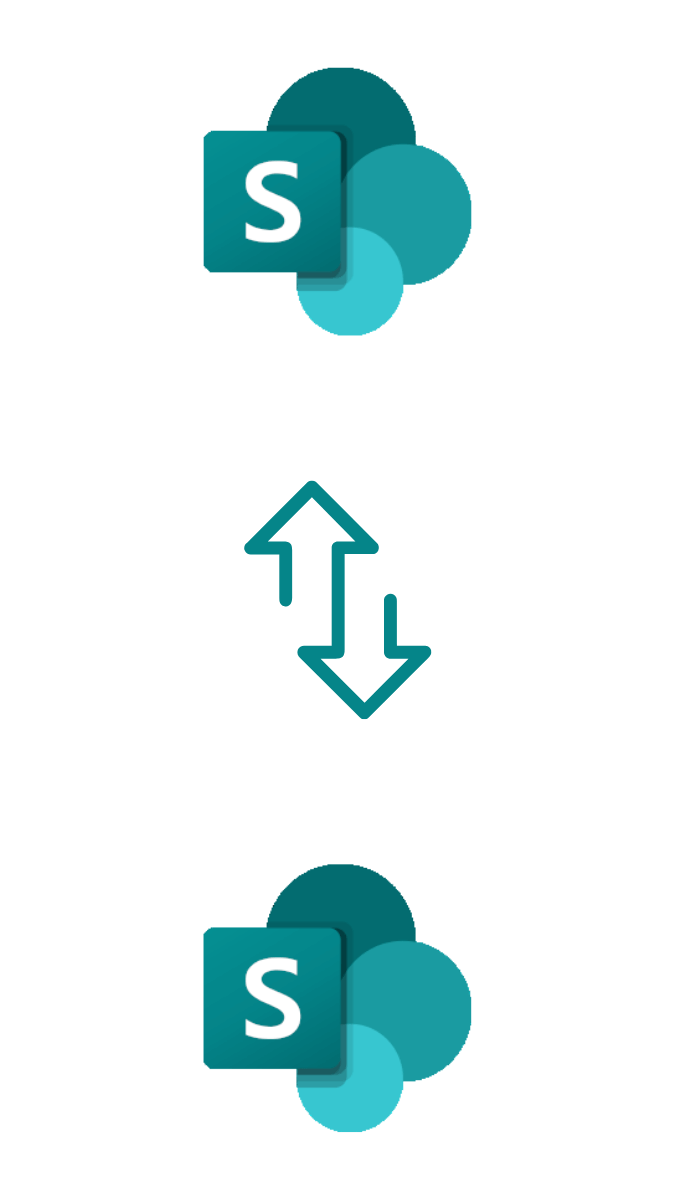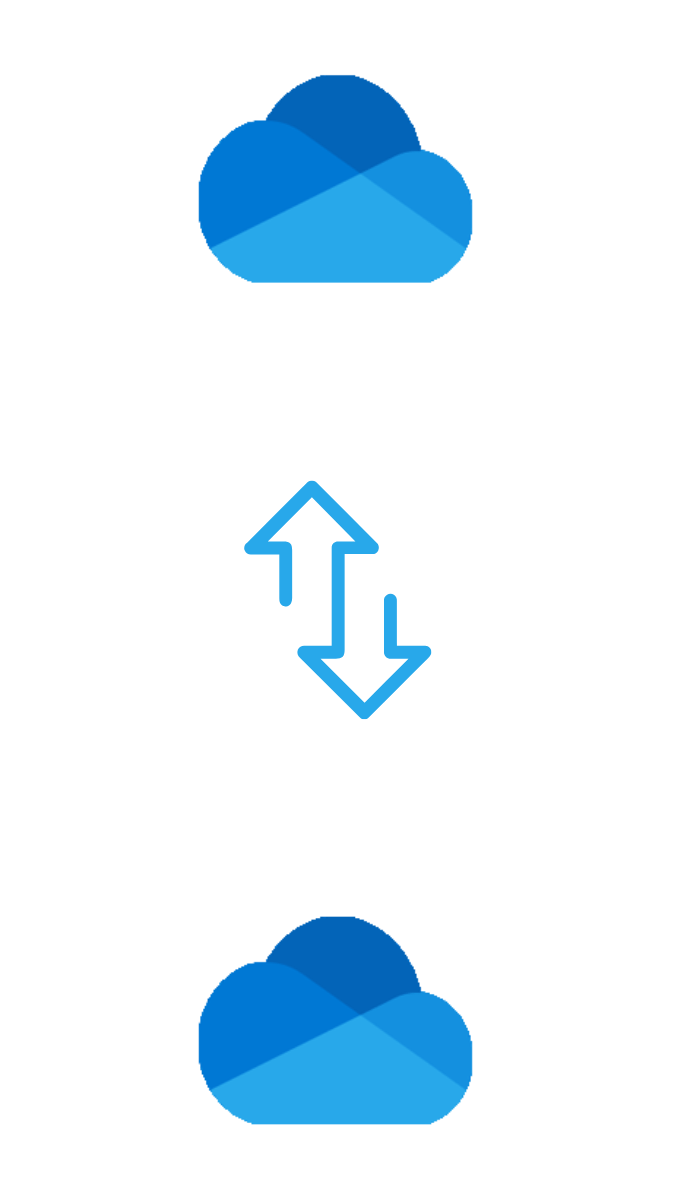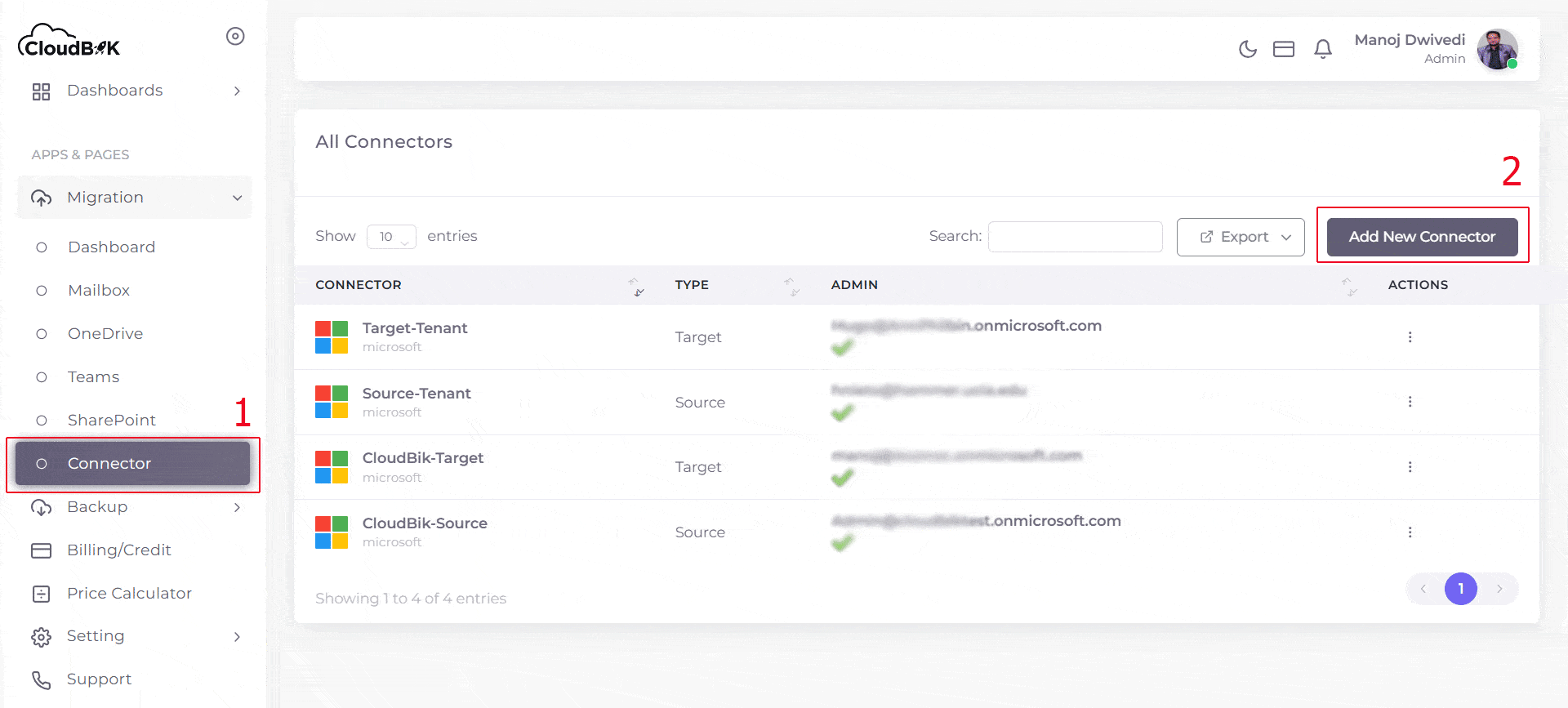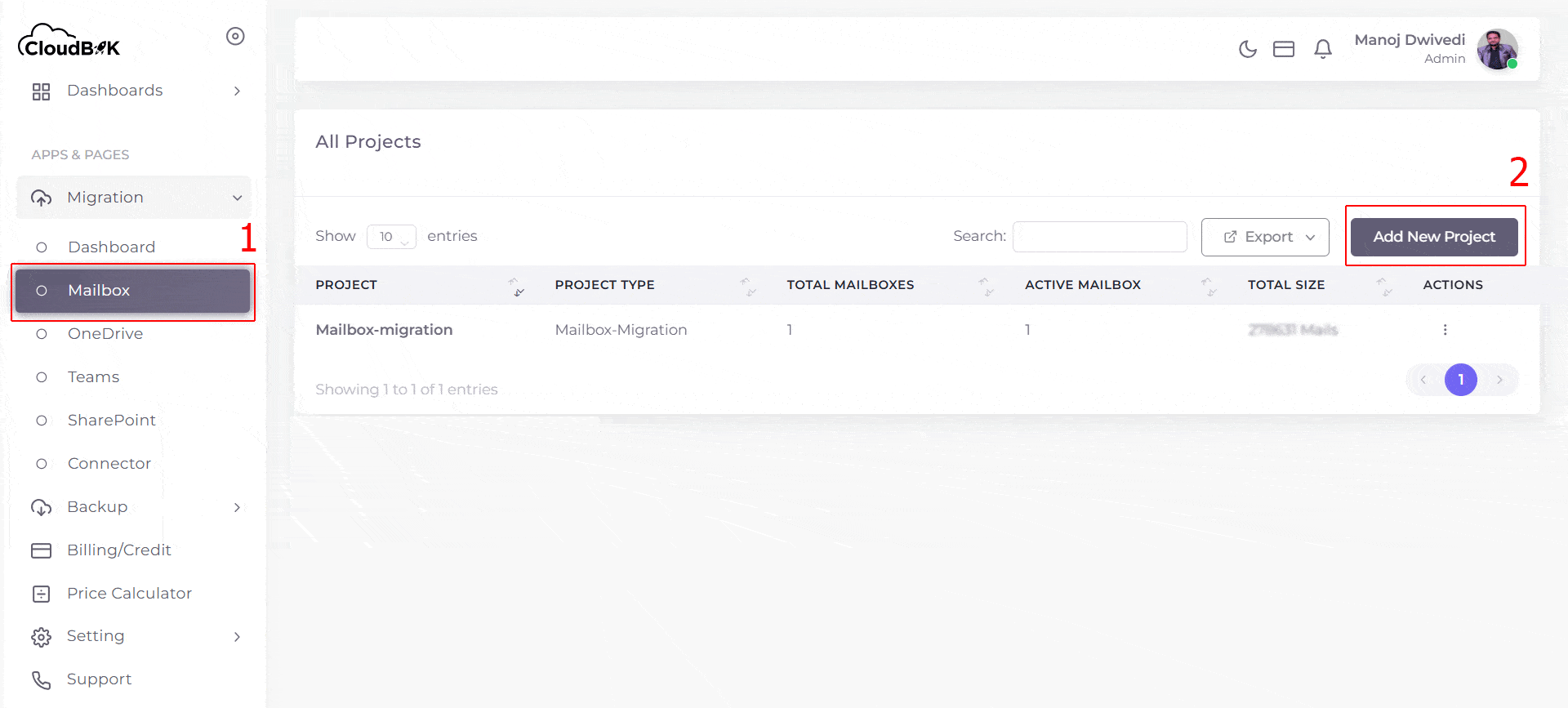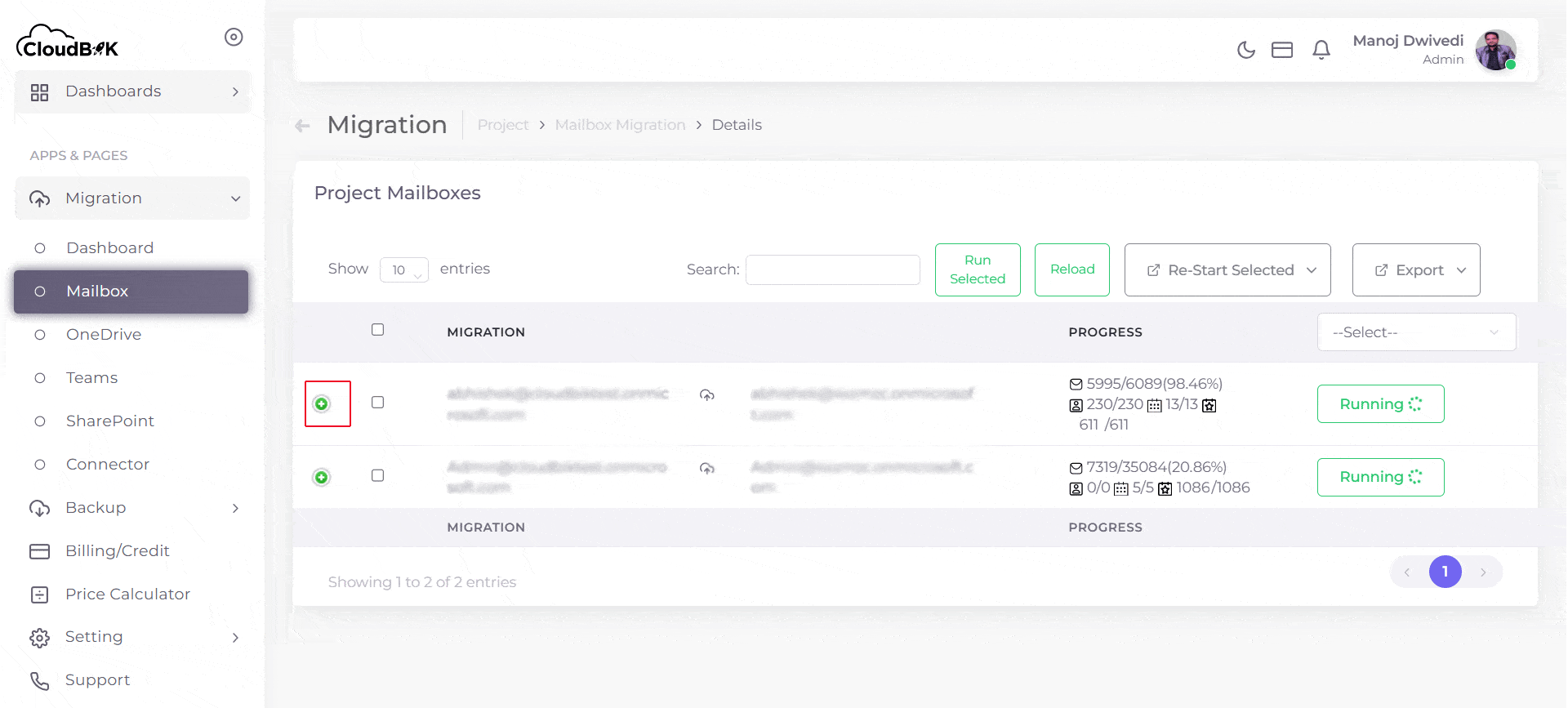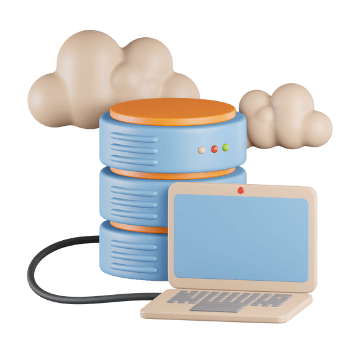Microsoft 365 Tenant to Tenant Migration
Make your Office 365 tenant to tenant migration seamless and stress-free with CloudBik’s expert services/tool. Whether you're a business or an individual, our hassle-free web application ensures that all your data including Exchange Online Mailboxes, OneDrive for Business, SharePoint Sites, Teams and Channels etc. are securely transferred without zero downtime and disruption to your work.
Book a Free Demo


